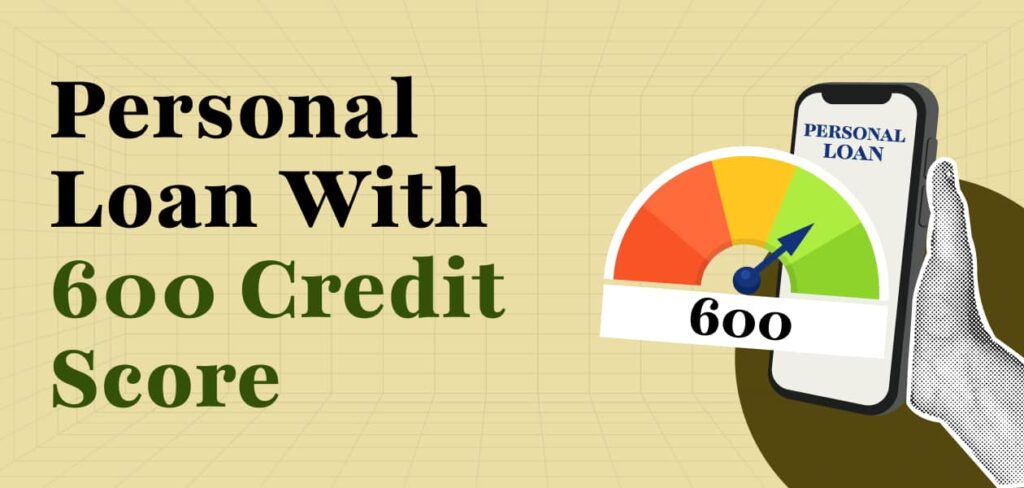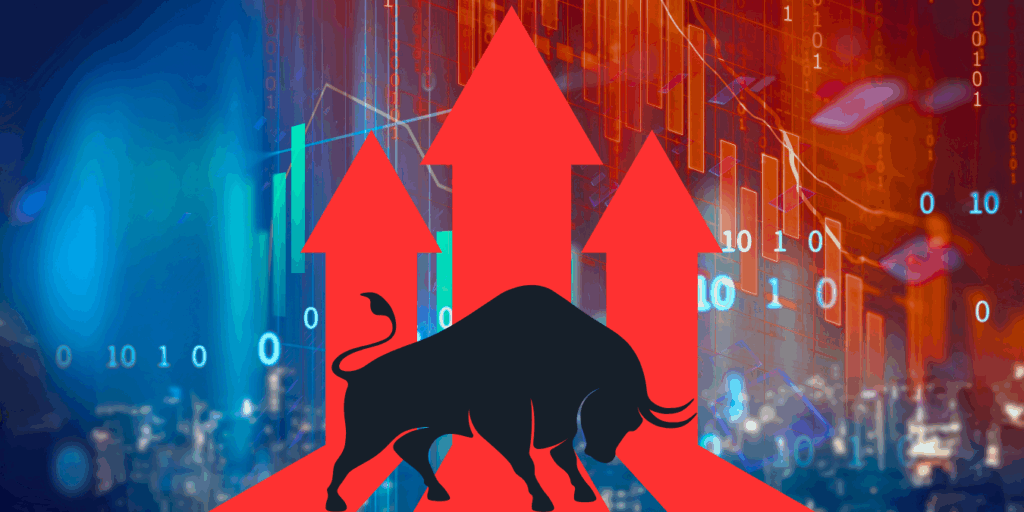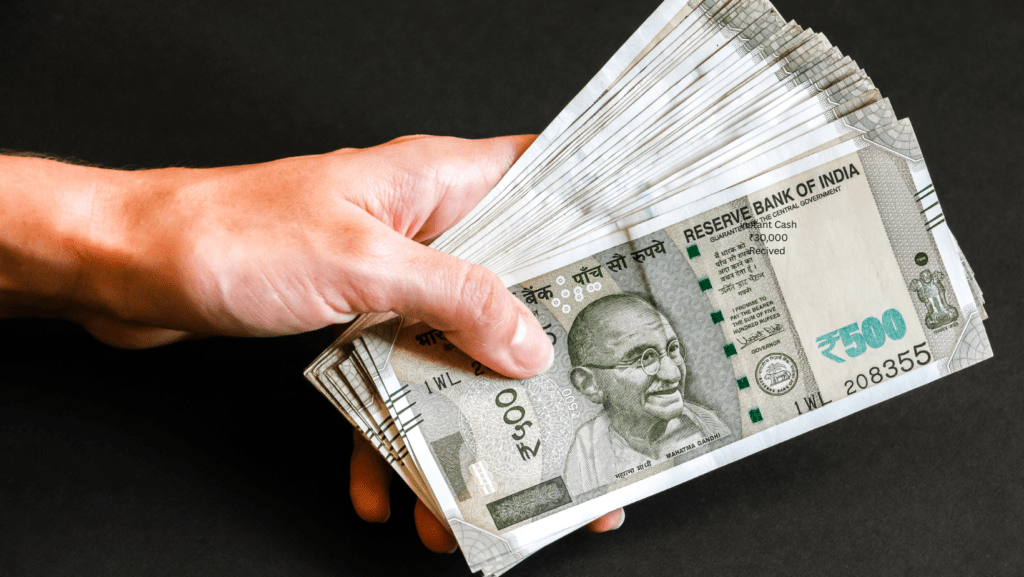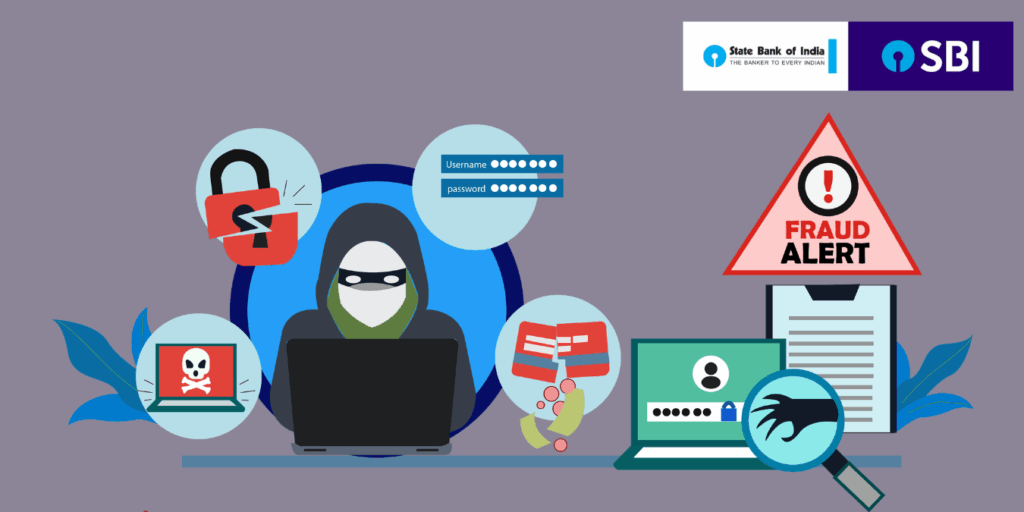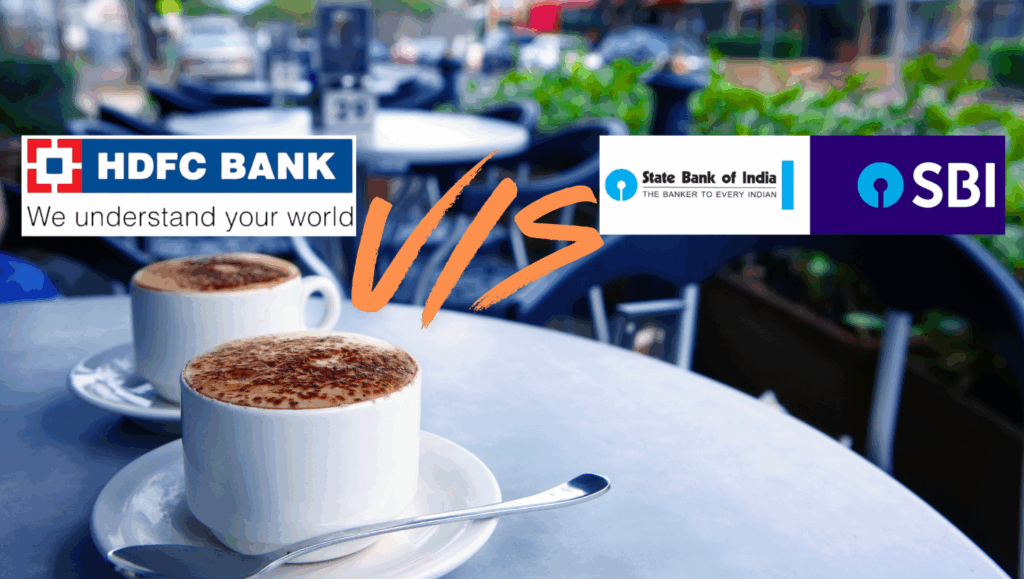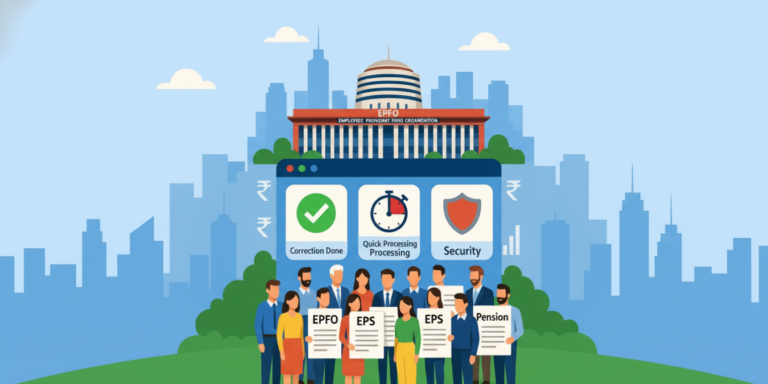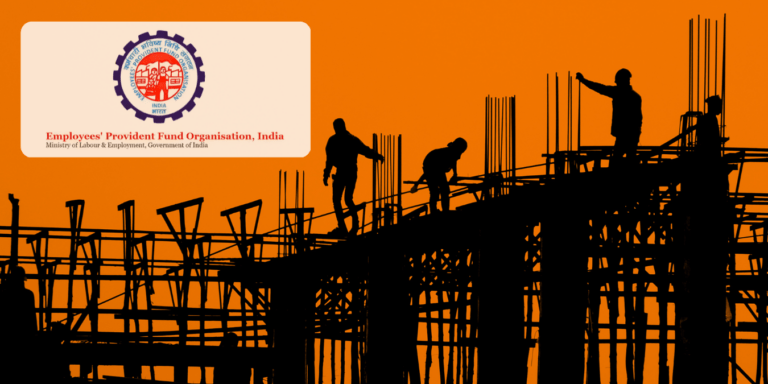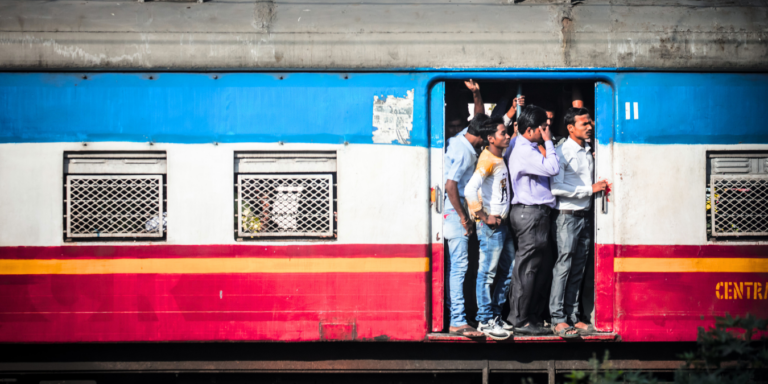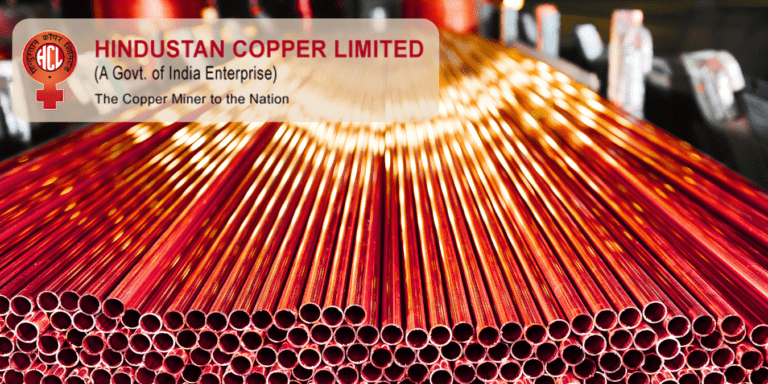Never Take a Home Loan: Are You Falling Into a Debt Trap?
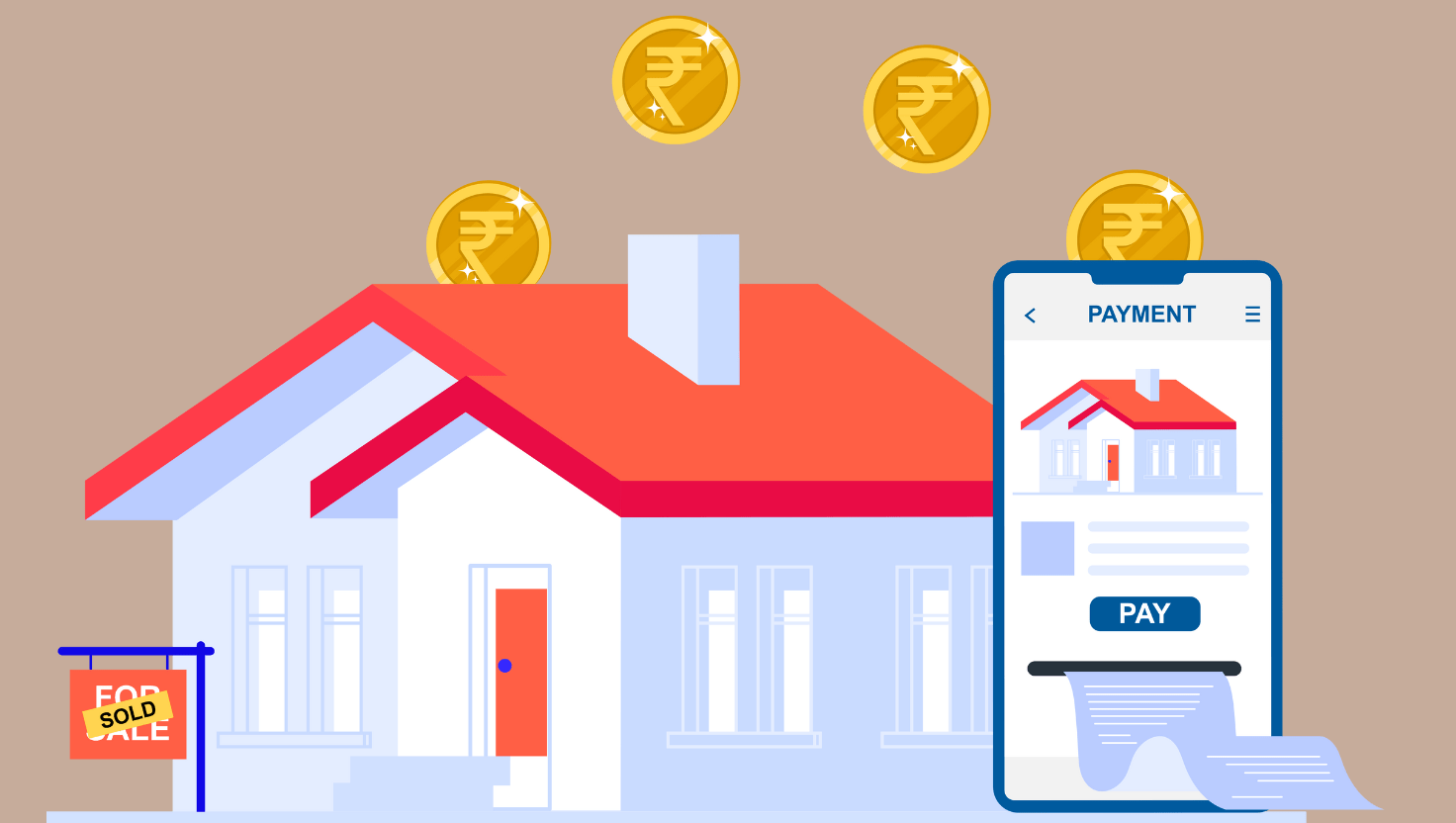
Is buying your dream home worth a lifetime of debt? Uncover the shocking truth about home loans in India that could save you from financial ruin.
Owning a home is often seen as the ultimate symbol of success and stability. From family gatherings to societal status, a house is more than just four walls—it’s a dream etched into the cultural fabric. But what if the path to this dream, the ubiquitous home loan, is a carefully disguised trap? With rising property prices, fluctuating interest rates, and economic uncertainties, taking a home loan might not be the golden ticket it’s made out to be. This blog post dives deep into why you should think twice—nay, a hundred times—before signing up for a home loan in India. Buckle up as we unravel the hidden dangers, backed by the latest data, and explore why renting or alternative investments might just be your ticket to financial freedom.
The Home Loan Hype: A Dream or a Debt Trap?
For decades, the mantra has been clear: buy a house, take a home loan, and secure your future. Banks and housing finance companies like HDFC, SBI, and PNB Housing have made home loans accessible, with interest rates as low as 7.50% per annum in 2025, thanks to recent RBI repo rate cuts. Attractive schemes like “PNB NIRMAAN 2025” offer zero processing fees and concessional rates, luring first-time buyers. The promise of tax deductions under Section 80EE, allowing up to ₹50,000 annually for first-time buyers, sweetens the deal. But is it really as rosy as it seems?
Consider this: a ₹1.5 crore apartment in a metro city requires a ₹30 lakh down payment and a ₹1.2 crore home loan. At 9% interest over 20 years, your total repayment could balloon to over ₹2.5 crore. That’s more than double the loan amount! Every EMI chips away at your income, leaving little room for savings, investments, or even emergencies. The question looms: is homeownership worth sacrificing your financial flexibility?
The Hidden Costs of Home Loans
- Crushing Interest Burden
The interest rate game is where the trap begins. Even with competitive rates starting at 8.10% from banks like Union Bank of India and Bank of Maharashtra, the final rate depends on your credit score, loan amount, and employment profile. Floating rates tied to the RBI’s Repo Linked Lending Rate (RLLR) can fluctuate, potentially increasing your EMIs if the repo rate rises. Fixed-rate loans, while stable initially, often transition to floating rates after 2–5 years, exposing you to market volatility.
Let’s break it down with a simple EMI calculation:
- Loan Amount: ₹1 crore
- Interest Rate: 8.5%
- Tenure: 20 years
- EMI Formula: EMI = [P × r × (1 + r)^n] ÷ [(1 + r)^n – 1]
- P = Principal (₹1 crore)
- r = Monthly interest rate (8.5% ÷ 12 = 0.007083)
- n = Number of months (20 × 12 = 240)
- EMI: Approximately ₹86,800
- Total Repayment: ₹86,800 × 240 = ₹2.08 crore
- Total Interest Paid: ₹1.08 crore
You’re paying more in interest than the house’s original cost! This is money that could have been invested in mutual funds, stocks, or even a small business.
- Hidden Fees and Charges
Beyond interest, home loans come with a slew of hidden costs:
- Processing Fees: Up to 0.5–1% of the loan amount.
- Insurance Premiums: Loan cover term assurance, mandatory for many lenders, adds to your expenses.
- Legal and Valuation Fees: Property verification and legal checks can cost thousands.
- Prepayment Penalties: Some banks charge penalties for early repayment, especially on fixed-rate loans.
These costs can add up to lakhs, eating into your savings before you even move in.
- The Opportunity Cost
Money tied up in EMIs could be invested elsewhere. For instance, investing ₹86,800 monthly (the EMI from our example) in an equity mutual fund with a conservative 12% annual return could grow to over ₹6 crore in 20 years, thanks to compounding. Compare that to a house that may appreciate at 5–7% annually, often barely keeping pace with inflation in many Indian cities.
The Economic Reality: Why Home Loans Are Riskier Than Ever
- Slowing Home Loan Growth
The home loan market in India is showing signs of strain. According to a CRIF High Mark report, home loan originations grew by only 2.7% in FY25, a sharp decline from 7.9% in FY24. High property prices, coupled with economic uncertainties like a potential U.S. recession impacting global markets, are dampening demand. With housing prices stabilizing in cities like Mumbai and Delhi-NCR but appreciating 4–5% in Bengaluru and Hyderabad, affordability remains a challenge.
- Rising Property Costs
A ₹1.5 crore apartment in 2025 is no longer a luxury but a standard in metro cities. For the average salaried Indian, whose income growth often lags behind property price inflation, this means stretching finances to the breaking point. The traditional advice of putting down 10–20% as a down payment still leaves you with a hefty loan, and banks’ willingness to lend up to 90% of the property value only deepens the debt trap.
- Job Market Volatility
The job market in 2025 is unpredictable, with global economic slowdowns and automation reshaping industries. If you lose your job or face a salary cut, those EMIs become a noose around your neck. Unlike stocks or mutual funds, which can be liquidated quickly, a house is an illiquid asset, often taking months to sell, especially in a sluggish market.
The Psychological Toll: More Than Just Money
A home loan isn’t just a financial commitment; it’s an emotional one. The pressure of monthly EMIs can lead to stress, anxiety, and strained relationships. What happens if you miss an EMI? Banks can seize your property, leaving you homeless and financially ruined. The fear of default looms large, especially in uncertain times. And let’s not forget the societal pressure to “settle down” with a home, which often pushes young Indians into loans they’re not ready for.
Renting: The Smarter Alternative?
Analyst Hardik Joshi’s viral post in 2025 sparked a nationwide debate: “Is buying actually worth it?” Renting offers flexibility, especially for millennials and Gen Z who value mobility and career opportunities over being tied to one location. With rental yields in India often below 3%, renting is often cheaper than paying EMIs, leaving you with surplus cash to invest or save. Plus, you avoid maintenance costs, property taxes, and the risk of property value depreciation in oversupplied markets.
The Trap: How Lenders Lure You In
Banks and housing finance companies are masters of SEO, ensuring their “best home loan offers” dominate Google searches. Keywords like “lowest home loan interest rates,” “best housing loan in India,” and “home loan EMI calculator” are strategically used to attract clicks. But don’t be fooled by flashy websites and promises of “zero processing fees.” These are marketing tactics designed to pull you into the loan cycle. Once you’re in, the fine print—reset clauses, hidden fees, and rate hikes—takes over.
Alternatives to Home Loans
- Invest in Financial Assets
Instead of sinking your savings into a down payment, consider mutual funds, SIPs, or fixed deposits. FDs offered by housing finance companies like PNB Housing offer competitive returns with low risk, ideal for NRIs and risk-averse investors. Equity mutual funds, as suggested by Anmol Gupta, can even help you shorten your loan tenure if you must take one.
- Co-Living and Co-Ownership
Co-living spaces are gaining traction in urban India, offering affordable, hassle-free housing. For those set on ownership, joint property purchases with a spouse or family member can reduce loan burdens and offer tax benefits.
- Delayed Purchase
Wait for a market correction. With housing prices stabilizing and a potential recession looming, 2025 might not be the best time to buy. Save aggressively, invest wisely, and buy when prices dip.
The Final Verdict: Break Free from the Home Loan Trap
The dream of homeownership is seductive, but the reality of a home loan in 2025 is a potential financial nightmare. With interest rates eating away at your income, hidden costs piling up, and economic uncertainties lurking, a home loan is less a stepping stone to stability and more a slippery slope to debt. Renting, investing, or exploring alternative housing options can offer the freedom and flexibility you need to thrive in India’s dynamic economy.
Before you sign that loan agreement, ask yourself: Is this house worth a lifetime of financial stress? The answer might just save you from the home loan trap.

